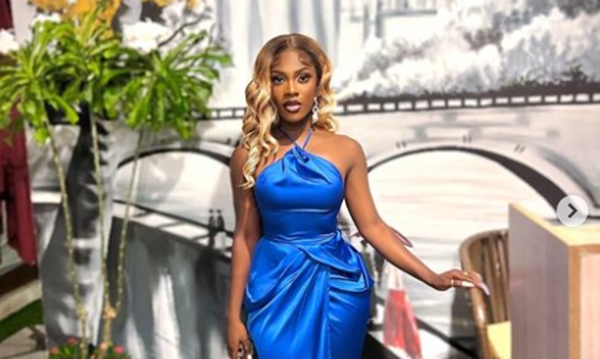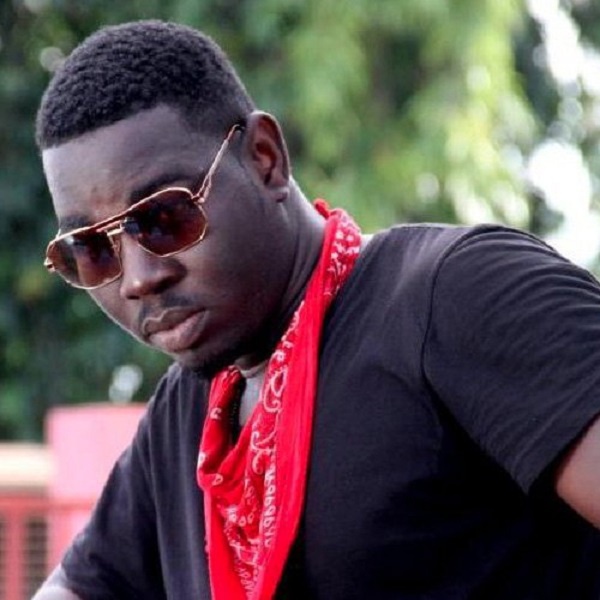From Harvard Med To "Law And Order" And Back: Catching Up With Neal Baer
Neal Baer was the longstanding show runner for Law & Order: SVU. Now, he directs a new program on ... More Medicine and the arts at Harvard Medical School.
WireImageI’ve always been a Law & Order fan. Decades after the show first aired, I remain a devotee of the various franchises and make time each week to catch the latest episodes—and, of course, plenty of reruns.
That’s why, when the opportunity arose to speak with Neal Baer, who served as showrunner on Law & Order: Special Victims Unit for 11 years, I jumped at the chance. Originally, I thought we’d talk about some of my favorite episodes. But what unfolded was a far-ranging conversation that touched on far more than television.
Neal Baer is a trained pediatrician, a former writer and producer on ER, and currently a Lecturer on Global Health and Social Medicine and Co-Director of the Master of Science in Media, Medicine, and Health at Harvard Medical School. Our discussion spanned his unconventional path from sociology to filmmaking to medicine, his groundbreaking work on SVU tackling topics like gun violence, abortion, and transgender health, and how he’s now training a new generation of storytellers to use data and emotion to drive public health impact.
Can you tell us a little about your background and how you ended up in medical school?
I grew up in Denver, Colorado. My father was a surgeon, and I have two brothers who are surgeons, so I was always interested in medicine. But I initially went to graduate school at Harvard in Sociology. I wasn’t loving it, and by chance, I fell into a documentary filmmaking course in Visual and Environmental Studies.
That changed my life. I made a film called Jake’s Place that sold to PBS, and another called Nightlife, which also sold to PBS. Then I went to the American Film Institute in Los Angeles. And from there, I directed and wrote a medically based afterschool special for ABC about a girl who gets gonorrhea from her boyfriend. Then I wrote for China Beach, which was about nurses in Vietnam.
What brought you back to medicine?
When my son was born, I wasn’t sure about staying in the entertainment world. I had already applied to medical schools and ended up going back to Harvard. I was going to do my residency in pediatrics at Boston Children’s Hospital.
But that didn’t happen, did it?
I got the script for ER, which was written by Michael Crichton in 1969. It felt authentic. I had a two-month vacation accrued in med school, so I went to work on the show—and stayed for seven years. I went back and forth to finish med school during hiatuses.
That sounds hectic.
Everyone thought it wouldn’t last—NBC hated the show. They thought it had too many characters, moved too fast, and didn’t focus enough on patients. But I stayed for seven years and finished med school during breaks.
Did you end up doing your residency at Boston Children’s?
No, I switched to Children’s Hospital Los Angeles. I did rotations during hiatuses from ER for about seven years.
And during this time, you transitioned to SVU?
Yes. I joined SVU in its second year. I had worked with Mariska Hargitay on ER, and I didn’t want to be pigeonholed as just a “doctor writer.” I stayed on SVU for 11 years.
That’s 18 years between ER and SVU. That’s impressive. What was it like running SVU?
It was intense. My former wife said, “That show is pretty dark.” But I did over 270 episodes. What made it exciting was writing for guest stars—Carol Burnett, Ellen Burstyn, Robin Williams, Jeremy Irons, Jerry Lewis, and many others. We won Emmys six years in a row for acting, including one for Mariska—the only lead actor Emmy in Dick Wolf’s shows.
You also brought a lot of medical and psychiatric themes into the show.
Absolutely. We were the first to depict puberty blockers for trans youth, long before it became a national conversation. We tackled abortion access, gun violence as a public health issue, and more. One episode was based on a study by Harvard psychiatrist Felton Earls showing that kids exposed to gunfire were more likely to commit violence.
How did you handle controversial topics?
I always presented multiple viewpoints. In one episode, a mother euthanizes her baby with Tay-Sachs. Stabler[Christopher Meloni’s character] says he’d do the same; Belzer’s character, raised Orthodox Jewish, says it’s up to God. Another episode tackled vaccine refusal—long before COVID—where a child dies from measles after being exposed in Central Park. We showed the tension between personal choice and public health.
That’s powerful. It reminds me how media shapes public perception of health.
Exactly. I did a study published in Health Affairs in 2001 with the Kaiser Family Foundation. We found that after an ERepisode on HPV and cervical cancer, public knowledge tripled—from 20% to 60%. That’s why I focus on telling potent stories, not just “educating” or “entertaining.”
Did that lead to your work with Hollywood Health and Society?
Yes. They provide accurate health info to writers and were funded by Norman Lear. I used to call the CDC or my Harvard professors for facts. Now, they help writers get it right. Networks like NBC require factual accuracy, and I always backed up my scripts with data.
You now direct the Master of Science in Media, Medicine, and Health at Harvard. What’s the structure or philosophy behind the program?
The focus is on using the arts, humanities, and media to tell data-driven stories that promote health and well-being. We use a triad I developed: Data. Emotion. Action. Students start with a data point and build a story that evokes emotion and drives action. For example, one student focused on HPV and cervical cancer among Vietnamese immigrant women—the group with the highest rate in the U.S.
How did she approach that project?
She researched where she could have the biggest impact and found that 43% of nail salons employ Vietnamese immigrant workers. Using an AI platform, she discovered there were no cervical cancer prevention programs in nail salons, though similar outreach had been done in Black beauty salons for hypertension. So she’s creating mini-documentaries for salon workers and clients, along with information on where to get Pap smears and Gardasil in Boston’s Chinatown.
That’s a powerful example of applied storytelling. What kinds of creative work do your students produce?
Students have created animations, documentaries, creative non-fiction essays, children’s books, podcasts, dance pieces, poetry, and even songwriting. One student is writing songs about women’s pelvic pain—her mentor was the late Jill Sobule, who wrote “I Kissed a Girl” and “Supermodel.”
How big is the program? Who are the students?
We have 30 students. About a third are pre-med and going to medical school next year. Others are current med students, residents, fellows, patient advocates, foundation professionals, physical therapists, and artists. It’s a diverse and passionate group.
It sounds like you’re training a new kind of health communicator.
That’s the goal. We want to empower people to tell potent, accurate stories that can shift public understanding and behavior. Whether it’s through film, music, or comics, the medium doesn’t matter as much as the message and its impact.











